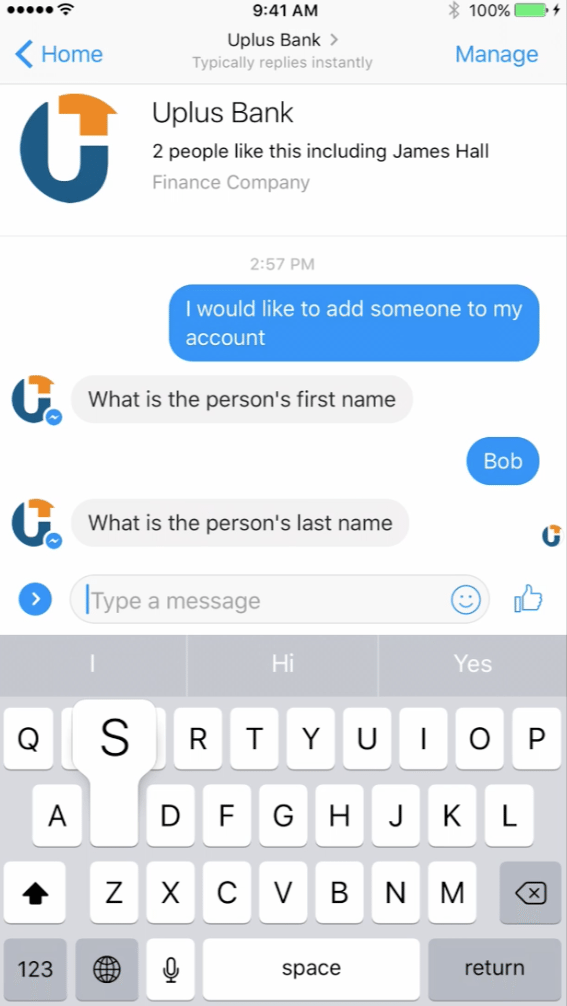According to Pega’s new global survey on AI, only 20 percent of consumers prefer chat-based customer service, and 80 percent still want a live human typing on the other end. Meanwhile, developers struggle to build and manage even more bots for the latest channels and establish a connected experience between them all.
“Early bot adopters who bought in on the hype are finding that instead of getting closer to their customers on Facebook or Alexa, these disconnected experiences are actually driving them further apart,” said Don Schuerman, CTO and Vice President, Product Marketing, Pegasystems.
“Today Pega makes bots smarter and more intuitive to use while enabling a continuous experience from channel to channel. We believe this model serves as a new roadmap for the future of bots and how organizations will interact with customers and employees,” he added.
Pega Intelligent Virtual Assistant aims to overcome these shortfalls by extending any Pega enterprise application to any conversational interface. It turns these channels into intelligent assistants that make personalized customer service and real work possible using natural language in voice or text.
This makes bots more gratifying for customers and employees to use in a variety of scenarios. For example, a banking bot can alert a customer checking her balance on Alexa to a suspicious charge, open a charge dispute, and order her a new card – all in the same session using natural language.

Pega’s bot solution features the following:
- AI with predictive analytics and decisioning that senses user need and offers the right solution at the right moment for a hyper-personalized experience.
- Natural language processing (NLP) and text analytics that make it intuitive for people to engage in the same way that they normally speak or type.
- A unified architecture that enables people to move from one channel to the next – including from a bot to a human agent if needed – and pick up exactly where they left off.
- A code-free development environment that makes it easy for any business user to configure, simulate, and manage the bot to achieve their business goals.
- Case Management and Business Process Management (BPM) that drive work behind the scenes to make conversational UX (user experiences) more useful, practical, and functional.
The Virtual Assistant comes pre-configured to extend to Facebook Messenger, Alexa, and Google Home. Business users can also build their own extenders to other popular messaging apps such as WeChat and Skype, as well as business collaboration apps such as Slack and Yammer. Organizations can test their bots with an integrated simulator in the native interface, ensuring the virtual assistant responds as intended before it goes live.
